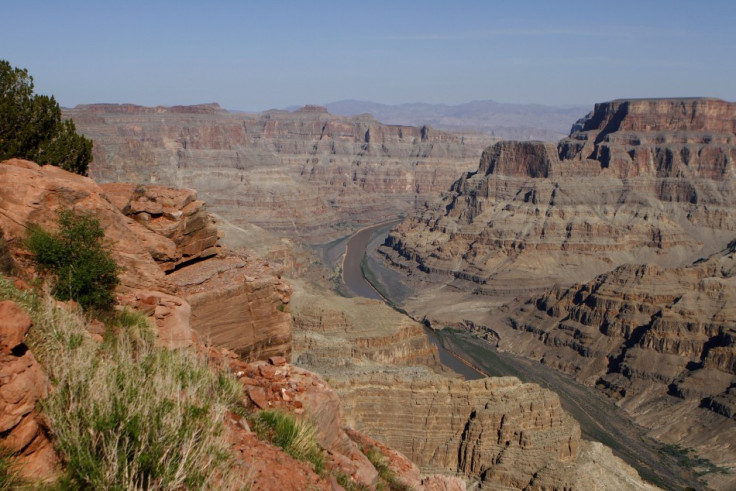Ancient Grand Canyon-Sized Ravine Found in Antarctica
3km-deep valley discovered beneath West Antarctica ice sheet by UK scientists

A massive ancient subglacial ravine has been discovered beneath the icy surface of West Antarctica.
Scientists from the Edinburgh and Exeter Universities discovered the Grand Canyon-sized trough by looking at data from satellites and ice-penetrating radars that were towed behind snowmobiles and placed on board small aircrafts.
This is the second Grand Canyon-sized ravine to be discovered in recent months. In August last year, University of Bristol researchers announced they had found a mega-canyon beneath Greenland's ice sheet.
At the time, David Vaughn, from the funding programme ice2sea, based at the British Antarctic Survey in Cambridge, said: "A discovery of this nature shows that the Earth has not yet given up all its secrets."
The latest Grand Canyon trough was discovered while charting the Ellsworth Subglacial Highlands -- an ancient mountain range buried beneath several kilometres of Antarctic ice.
Over three seasons, they discovered a subglacial valley three kilometres deep, 300km long and 25km across. In places, the floor of the valley was over two kilometres below sea level.

The mountain range and valley were carved by a small icefield millions of years ago.
It provided researchers with an unprecedented look at the behaviour of the West Antarctic Ice Sheet early in its history, such as clues about the size and shape of the ice sheet when the climate was warmer.
Neil Ross, from Newcastle University, said: "The discovery of this huge trough, and the characterisation of the surrounding mountainous landscape, was incredibly serendipitous.
"We had acquired ice penetrating radar data from both ends of this huge hidden valley, but we had no information to tell us what was in between. Satellite data was used to fill the gap, because despite being covered beneath several kilometres of ice, the valley is so vast that it can be seen from space.
"To me, this just goes to demonstrate how little we still know about the surface of our own planet. The discovery and exploration of hidden, previously-unknown landscapes is still possible and incredibly exciting, even now."
© Copyright IBTimes 2025. All rights reserved.






















